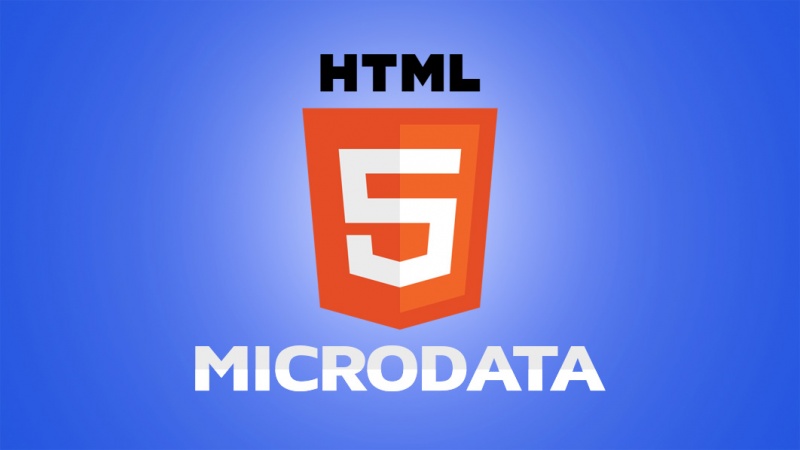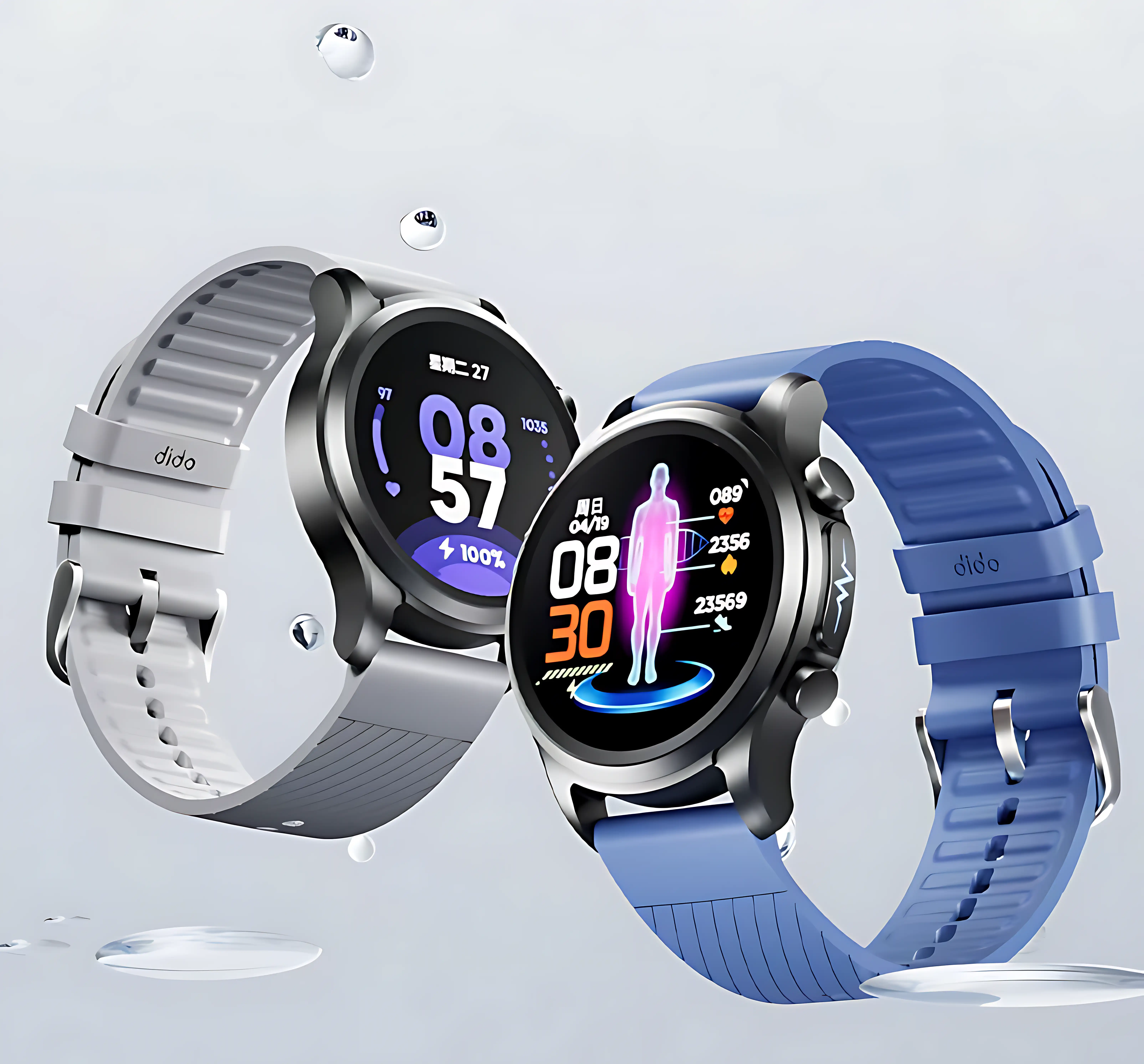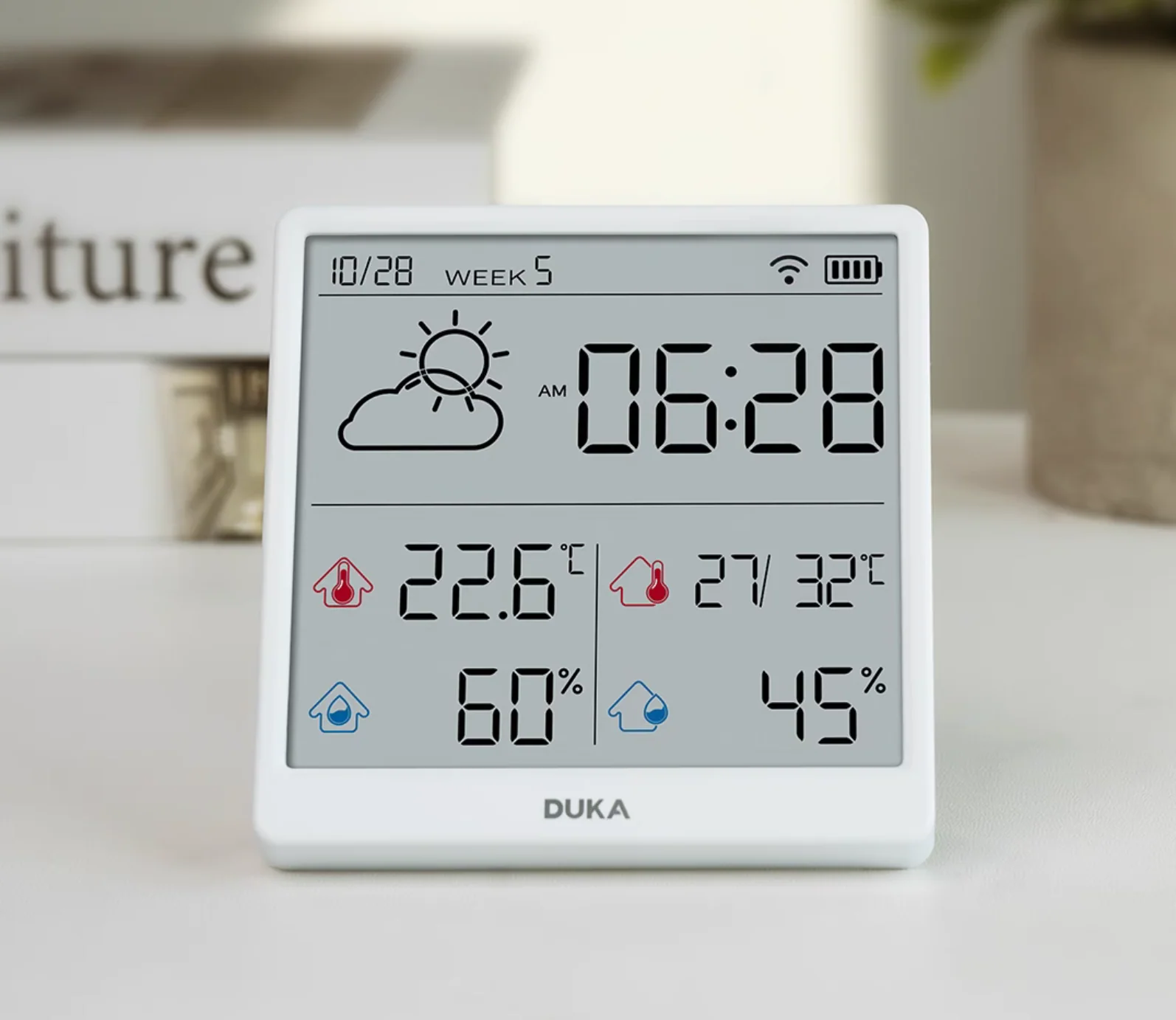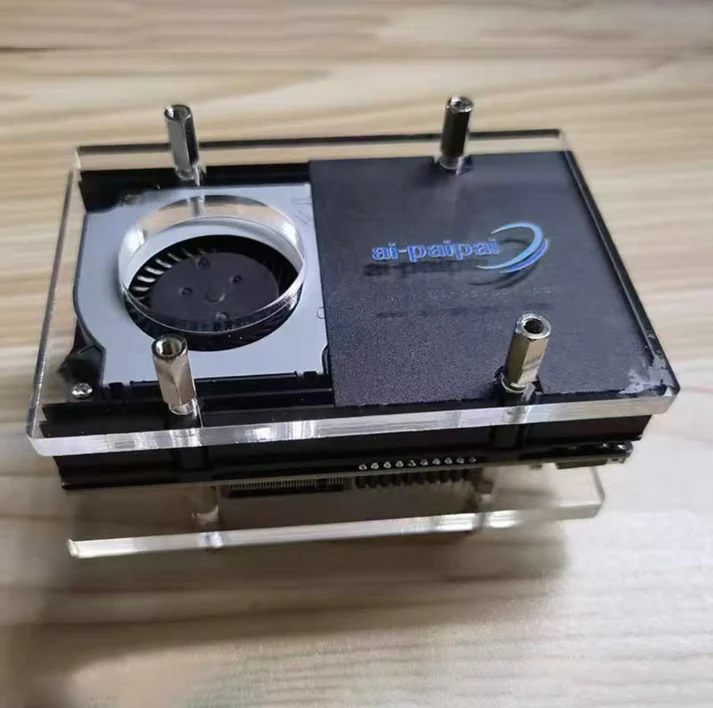You know how sometimes you search something on Google and get those fancy results with star ratings, product prices, or even FAQs right in the search page?
That’s not magic.
That’s microdata. Or more specifically, it’s structured data embedded in websites to help search engines understand what they’re looking at. Without it, your site is just a jumble of HTML and dreams.
So... What Is Microdata?
Microdata is a way of adding machine-readable context to the stuff already on your webpage.
Let’s say we have a product page for our "Segfaults Don’t Lie" shirt. To human eyes, it says:
“This is a shirt. It's for devs who’ve met the truth at address 0x0.”But to Google, that might just look like:
<div>Shirt blah blah blah</div>Without microdata, search engines don’t know what that "blah blah blah" means.
With microdata, we add a bit of JSON-LD behind the scenes — like this:
{
"@context": "https://schema.org",
"@type": "Product",
"name": "Segfaults Don’t Lie T-Shirt",
"description": "A geeky shirt for systems programmers who’ve met the truth at 0x0.",
"price": "29.00"
}
Now Google knows:
- It’s a product
- It’s a shirt
- It’s for geeks
- It costs $29.00
Why Should You Care?
Because structured data = better SEO = more eyeballs on your stuff.
When you add microdata:
- You can get rich snippets (stars, ratings, prices, images)
- Your content is easier to index
- Your site looks more legit in search results
- It improves click-through rates, because cool snippets catch attention
Basically, microdata gives your HTML a backbone — a little spine that says, "Yes Google, I am a real product. Treat me with respect."
How GizVault Uses It
Every product, every article, every hacker-friendly landing page on GizVault comes with embedded JSON-LD microdata.
- Product pages use
@type: Productwith price, image, and brand info. - Long-form content like "When the Weather Is Data" uses
@type: Articleto help search engines understand it's a real piece of writing — not just a sales pitch. - Some pages use both: an
Articlewrapper with a nestedProductto link narrative and item.
We also use keywords, author, publisher, and even BreadcrumbList to make search engines feel at home. Behind the scenes, we’re whispering:
“Hey Google, this is a T-shirt for weirdos who love kernels. Please show it to more weirdos.”
Want to See It?
If you’re a dev, just View Source or open your browser dev tools on any product or article page. Look for:
<script type="application/ld+json">
That’s the structured data in action.
Final Thoughts
Microdata doesn’t change how your site looks — but it changes how it’s understood.
Want to implement it yourself?




